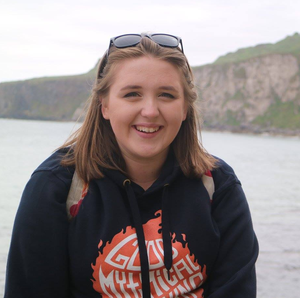10123150
Disease Diffusion
Resource summary
Slide 1
Defining Diffusion
Diffusion is the process of diseases spreading outward from their origin and across space.
This takes several forms:
expansion diffusion
relocation diffusion
contagious diffusion
hierarchical diffusion
Slide 2
Expansion Diffusion
Expansion diffusion occurs where a disease starts in one location and spreads out, similar to the "snowball" effect.
Many cultural practices are spread by a type of cultural diffusion called expansion diffusion.
Slide 3
Relocation Diffusion
Relocation diffusion occurs when a disease completely leaves one area and moves to another.
An example of this is the cholera epidemic in Haiti in 2010.
Diseases like this can spread by people flying from one location to another.
Slide 4
Contagious Diffusion
Contagious diffusion describes the spread of a disease through direct contact with a carrier.
An example of this is the Ebola outbreak in Africa in 2014-15.
Slide 5
Hierarchical Diffusion
Hierarchical diffusion is diffusion through a sequence of carriers.
This type of diffusion is usually spread along roads and railways.
In 2009, the H1N1 virus spread to locations with international airports.
Slide 6
Barriers to Diffusion
The most important barrier to diffusion is distance. The probability of catching a contagious disease decreases with distance from the source.
Physical barriers such as mountains, oceans and deserts also stop diffusion.
Climate can act as a barrier to many tropical diseases.
Political barriers such as immigration control stop a disease from spreading to the public within a country.
Mass vaccinations can act as a barrier to diffusion also.
Slide 7
The Hägerstrand Model
The Hägerstrand Model traces the diffusion process by imitating it with numbers.
The model is based on probability rather than fixed numbers.
There are several important concepts in the model:
The probability of contact between a carrier and a non-carrier is determined by the number of people living within a 5x5km square. This is called the neighbourhood effect.
The number of people infected by a disease over time follows an S-shaped curve.
The process of diffusion can be stopped by physical barriers.
Want to create your own Slides for free with GoConqr? Learn more.

